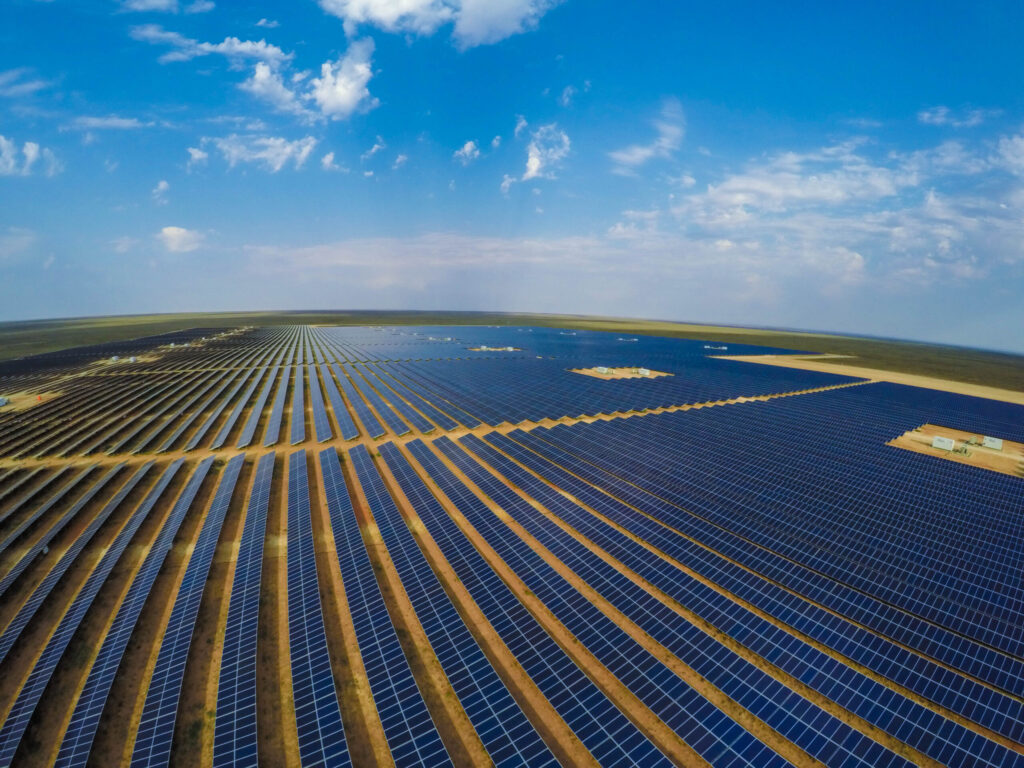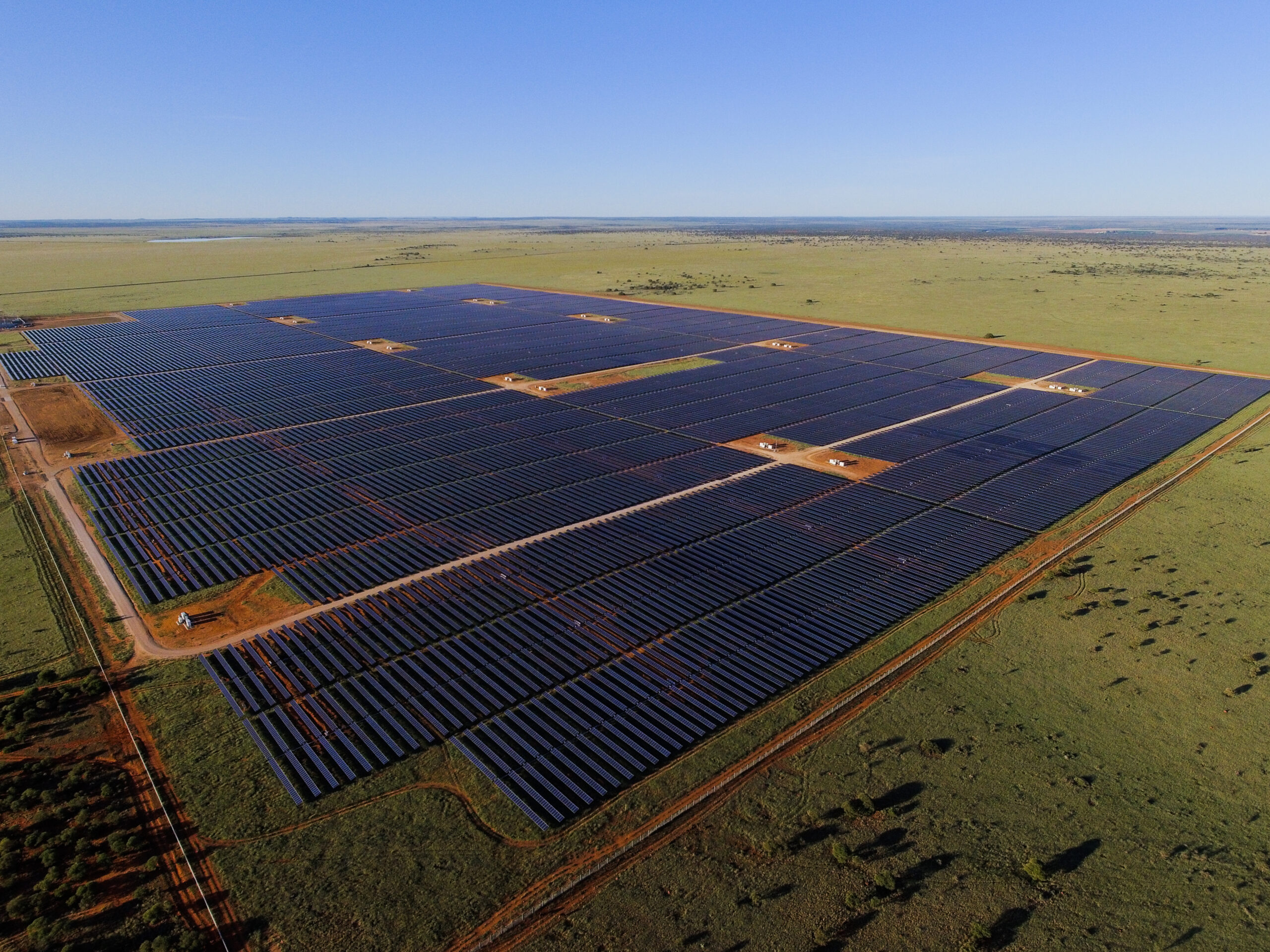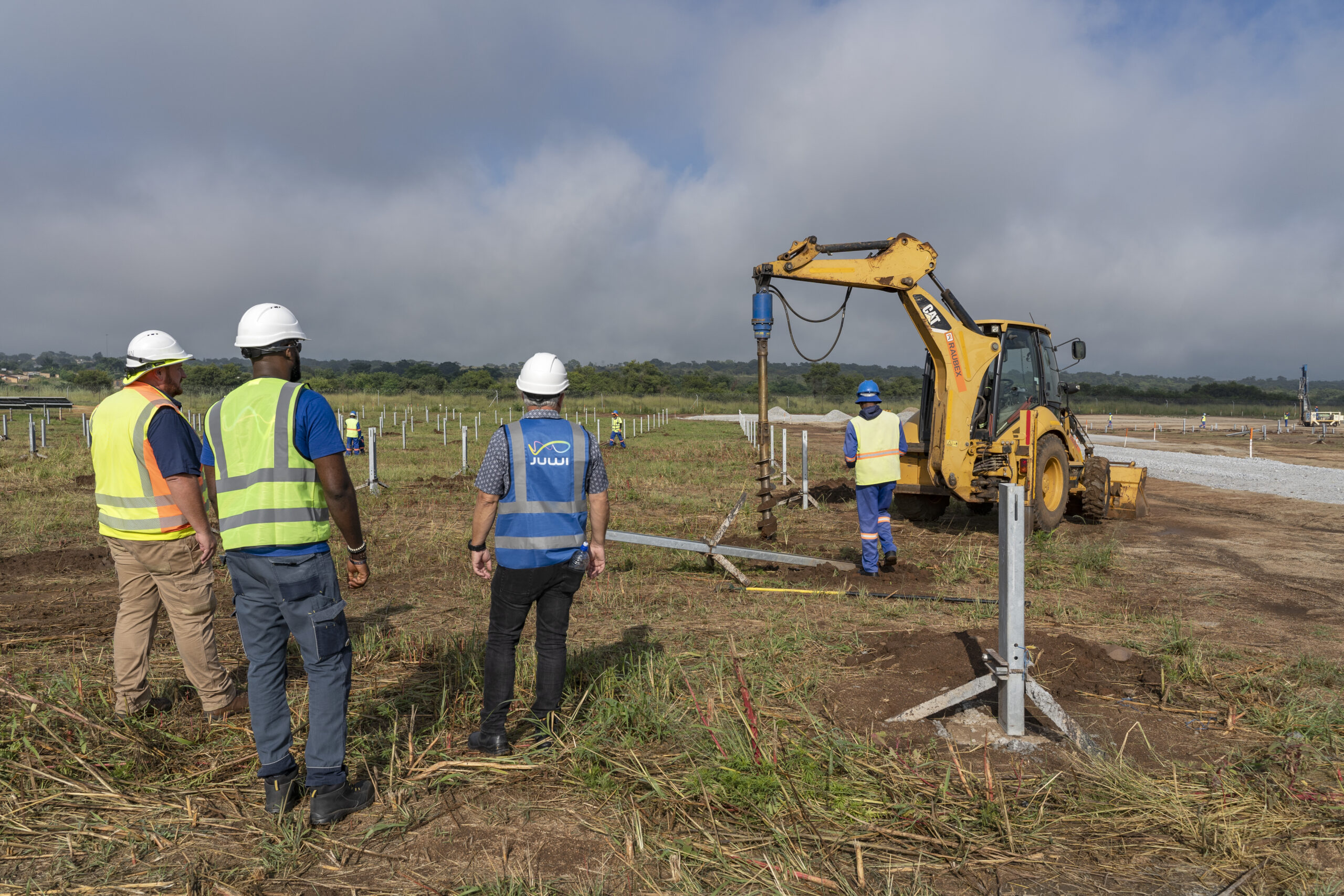
Sign up for daily news updates from CleanTechnica on email. Or follow us on Google News!
The South African solar industry has been on a roll over the last couple of years. Utility-scale plants were getting a lot of interest starting about 10 years ago due to South Africa’s well respected Renewable Energy Independent Power Producer Procurement Programme (REIPPPP). The program was the main driving force for the initial growth in utility-scale solar plants.
Residential, commercial, and industrial solar also joined the party and started to blossom thanks to a combination of several factors, including:
- Long term Corporate PPAs and innovative financing solutions for businesses
- Bundling solar with home loans
- Innovative solar leasing programs for homes and small businesses
- Sharp reductions in the pricing of solar panels and batteries on the global market, allowing more homes and businesses to go solar
- Prolonged periods of electricity rationing programs
- Improved regulatory environment that resulted in the removal of restrictive licensing requirements for large C&I solar projects and embraced electricity wheeling.
That last point spurred intensive energy user groups and businesses to partner with developers to build large projects onsite and even offsite and then wheel that electricity to offset their own consumption. According to the latest snapshot of the current installed renewable energy generation capacity from ESKOM, there is now over 6GW of utility-scale renewable energy generation capacity, inclusive of about 3.4GW of wind. ESKOM estimates that South African homes and businesses have installed over 6.1GW of rooftop solar! That’s over 12GW of renewables developed over the last decade or so, with most of the rooftop solar developed over the past 4 years. All of this capacity is quite significant in a country with a total installed electricity generation capacity of about 60GW. All of this wonderful sunshine is now contributing to South Africa’s own duck curve.
In an exciting development, about 0.34GW of solar capacity will be added to the mix from several projects JUWI Renewable Energies is working on with several partners. JUWI Renewable Energies, a global renewable energy leader, today announced plans to begin construction on three major private solar projects in 2025. Representing investments of over ZAR6 billion (US$320 million) and totaling 340 megawatts (MW) of capacity, the projects will make a major contribution to South Africa’s clean energy transition while serving key players in the mining, data center, and energy sectors, including Glencore, Teraco, Sasol, and Air Liquide.
Together, the projects will generate over 1 million megawatt-hours (MWh) of clean energy annually, enough to power 200,000 South African households, and offset nearly 1 million tonnes of CO₂ emissions per year. These projects will also create more than 2,000 jobs during construction, reinforcing JUWI’s role as a major player in South Africa’s renewable energy sector, while contributing around 5% to the country’s total solar PV capacity.
The projects include:
- A 120 MW solar PV facility for Teraco Data Centres, Africa’s largest data center company, supplying multiple locations via wheeling innovation from a generation site in the Free State Province
- A 120 MW solar PV facility for Sasol and Air Liquide, in partnership with independent power producers (IPPs) TotalEnergies, Mulilo, and Reatile Group
- A 100 MW solar PV facility for Glencore Mine, providing clean energy to its ferrochrome smelters in partnership with Pele Green Energy
“These projects underscore the critical role of private sector leadership in driving South Africa’s energy transition,” said Richard Doyle, MD, JUWI Renewable Energies. “As one of the pioneers of the country’s renewable energy sector, JUWI is proud to partner with energy-intensive industries and IPPs to deliver innovative projects that enhance energy resilience, reduce emissions, and accelerate progress toward net zero. These projects reflect our commitment to building a sustainable energy future for South Africa.”
JUWI adds that the start of 2025 has marked significant progress for South Africa’s energy sector, with the Electricity Regulation Amendment Act coming into force and Bid Window 7 projects announced under the government’s REIPPPP. These reforms are essential as the latest Integrated Resource Plan (IRP) analysis, released in November 2024, targets 26GW of new renewable energy capacity by 2030, requiring an average deployment of 6GW of wind and solar annually.
“Achieving South Africa’s renewable energy and greenhouse gas reduction targets demands urgent and decisive action from the country’s most energy-intensive sectors,” said Dr. Rethabile Melamu, CEO of the South African Photovoltaic Industry Association (SAPVIA). “Private sector investments are essential, especially considering our heavy reliance on coal and the carbon-intensive nature of our economy. These projects not only accelerate our transition to clean energy, but also highlight innovative business models and solutions, while strengthening the resilience and global competitiveness of our industry. We are excited that JUWI, one of SAPVIA’s long-standing members, will play a pivotal role in delivering these transformative projects, further establishing solar PV as a key technology in securing South Africa’s energy future.”
Beyond these new projects, JUWI also currently operates and maintains nine large renewable energy projects in Africa, totaling 574MW, which generate nearly 1 million megawatt-hours of electricity annually.
After 300 continuous days without load-shedding, ESKOM had to ration electricity in South Africa last weekend. This shows that although a lot of incredible work has gone into reducing load-shedding, the system remains strained. This is why it is great to see new generation capacity being introduced by independent power producers in the country as well. It’s really great to see that these new large solar projects that JUWI is involve in are taking off. These will help add much needed generation capacity in South Africa to complement the generally coal-heavy energy mix. Increasing the penetration of renewables will help reduce emissions in South Africa as well as bring down energy costs for homes and businesses.
Going solar just makes sense for a lot of homes and businesses. Whether they are generating on-site for their own consumption or generating off-site and wheeling that electricity through the grid, they stand to make substantial savings on their energy bills. The favorable pricing of stationary battery storage opens up further opportunities. In a world where we are now seeing some countries toning down on sustainability and climate change issues, with some even pulling out of previous agreements to reduce emissions, we will see more corporates around the world choosing to still go solar based on just the unit economics, which hare now quite favorable compared to a decade ago.
Images courtesy of JUWI
Chip in a few dollars a month to help support independent cleantech coverage that helps to accelerate the cleantech revolution!
Have a tip for CleanTechnica? Want to advertise? Want to suggest a guest for our CleanTech Talk podcast? Contact us here.
Sign up for our daily newsletter for 15 new cleantech stories a day. Or sign up for our weekly one if daily is too frequent.
CleanTechnica uses affiliate links. See our policy here.
CleanTechnica’s Comment Policy



